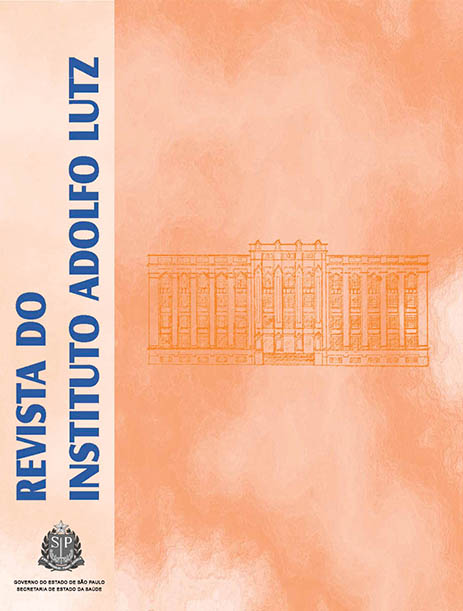Abstract
In São Paulo, the first report of isolation of vancomycin-resistant Enterococcus (VRE) was in 1997 and, since then, this bacteria has been reported in Brazil as responsible for an outbreak of hospital infection. The present study was to investigate the genetic similarity of samples of VRE in order to analyze the spread of genetic types and subtypes circulating in 26 hospitals in the São Paulo city and region during 10 years. We analyzed 239 strains of VRE isolated from clinical specimens such as urine (n = 107), blood (n = 81) and liquid cavity (n = 51). Molecular typing of strains of VRE was performed by Pulsed Field Gel Electrophoresis (PFGE). Electrophoretic patterns were analyzed according to Tenover criteria and the percentage of genetic similarity obtained through the program Bionumerics. The results of molecular analysis of strains of vancomycin-resistant E. faecium (VRE-EFM) showed greater genetic diversity with nine types, whereas vancomycin-resistant E. faecalis (VRE-EF) showed three types. The dendrogram analysis showed that the most common subtypes of VRE-EF (A1 and A8) and VRE-EFM (P1 and P6) showed a genetic similarity of 83% and 96% respectively. Among the hospitals evaluated showed the greatest spread of VRE-EF (85%), although the presence of both species occurred in 50% of hospitals. This study represents an important tracking of strains of VRE in São Paulo, where it has had an opportunity to characterize strains from various hospitals, both public and private and thus observe the spread intra and inter-hospital.

This work is licensed under a Creative Commons Attribution 4.0 International License.
Copyright (c) 2011 Instituto Adolfo Lutz Journal
